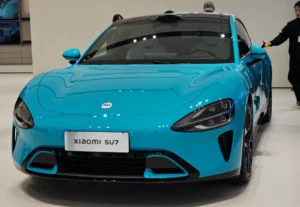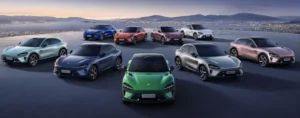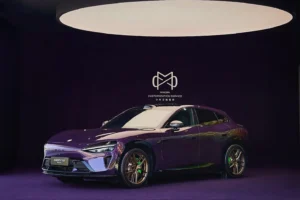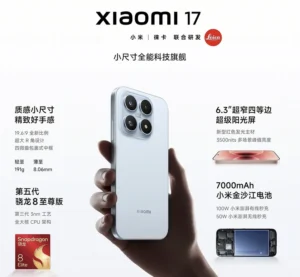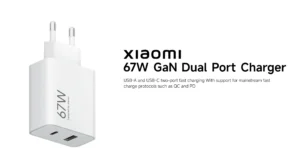Xiaomi Cars: Young Buyers Driving Electric Vehicle Trends

Young Buyers Are Driving Xiaomi’s Car Market Success: A Deep Dive into Trends and Preferences
The electric mobility revolution is reshaping the global automotive landscape, and Xiaomi, the Chinese tech giant renowned for its smartphones and smart devices, has firmly planted itself as a key player. With models like the SU7 and the recently launched YU7, the company has successfully captured the attention of a young, connected generation. Recent studies reveal that a significant majority of Xiaomi electric vehicle buyers are young individuals with high incomes and unwavering brand loyalty. This article dives deep into the profiles of these consumers, their motivations, and the trends propelling Xiaomi’s success in the automotive market. Let’s find out why Xiaomi cars are gaining traction and what factors are influencing these buying decisions.
Young Buyers and Their Unmistakable Connection with Xiaomi
The profile of Xiaomi car buyers is overwhelmingly youthful. According to data from the Chinese market reports, a striking 53% of SU7 purchasers and 51% of YU7 buyers are young people acquiring their very first vehicle. The average age of YU7 owners hovers around 27.7 years, with almost 80% falling within the 20-30 year old bracket. This demographic clearly showcases Xiaomi’s knack for attracting an audience that’s not just open to technological innovation but actively seeks out emerging brands in the automotive space.
Many of these buyers are single, which hints at a lifestyle focused on individuality and agile mobility. By 2025, the SU7 has already surpassed 258,000 units delivered, while the YU7, launched in June, garnered over 200,000 orders in just three minutes, demonstrating an absolutely roaring enthusiasm among millennials and Gen Z. This preference for Xiaomi isn’t just a fluke; the brand has expertly extended its intelligent device ecosystem into the automotive world, making these vehicles feel like a natural extension of their smartphones and wearables.
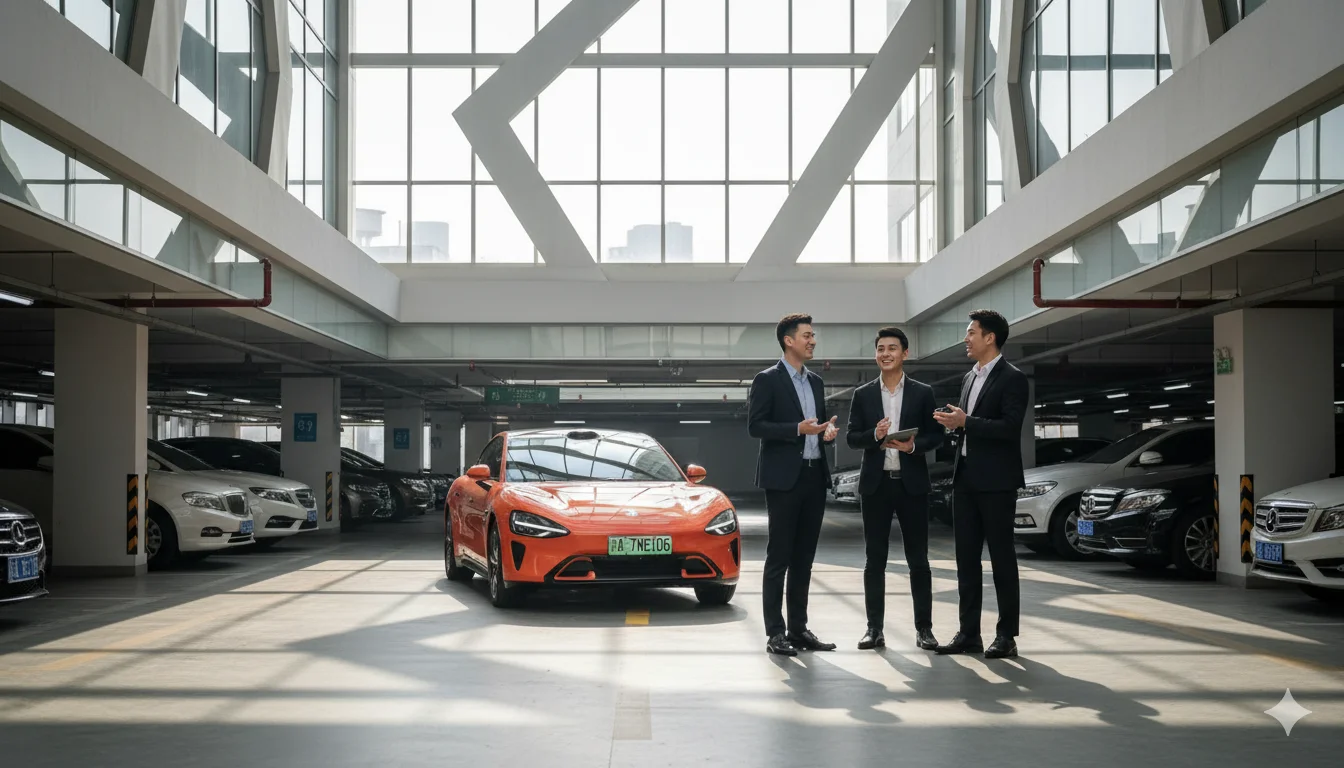
Geographic Distribution and Income Brackets
The majority of Xiaomi car buyers are calling major Chinese first and second-tier cities home, places like Beijing, Shanghai, and Shenzhen. These are areas where electric charging infrastructure is robust and the purchasing power is considerably high. This urban concentration underscores Xiaomi’s strategy to zero in on metropolitan hubs, where the demand for premium, connected vehicles is naturally higher.
Financially speaking, YU7 owners report an average annual household income of 314,000 CNY (approximately 44,090 USD), which comfortably outpaces the average for new energy vehicle buyers in China, standing at 272,000 CNY. This financial standing empowers these consumers to opt for high-quality products featuring advanced technologies, such as CATL Qilin 2.0 batteries that boast an impressive range of up to 835 km. Throughout 2025, the SU7’s monthly sales have shown consistent growth, with peaks exceeding 25,000 units in key months, all fueled by this solid economic base.
Motivations for Purchase and Fierce Brand Loyalty
The decision to choose a Xiaomi car isn’t just about ticking boxes; it’s a blend of emotional and practical drivers. For a solid 80% of SU7 buyers, the “charismatic personality” of founder Lei Jun is a significant motivator. For the YU7, this figure stands strong at 60%. Lei Jun, with his consistent focus on accessible innovation, has cultivated an image that really resonates with aspirational young individuals.
Furthermore, over half of YU7 owners proudly identify as “die-hard Xiaomi fans,” citing their trust in the brand as their primary reason for purchase. This loyalty is further solidified by an active community on social media, where users eagerly share their experiences and provide valuable feedback. In a marketplace that’s absolutely saturated, Xiaomi truly stands out with its ability to cultivate a loyal fanbase, much like it has achieved in the smartphone sector, but now with an impressive application to mobility.
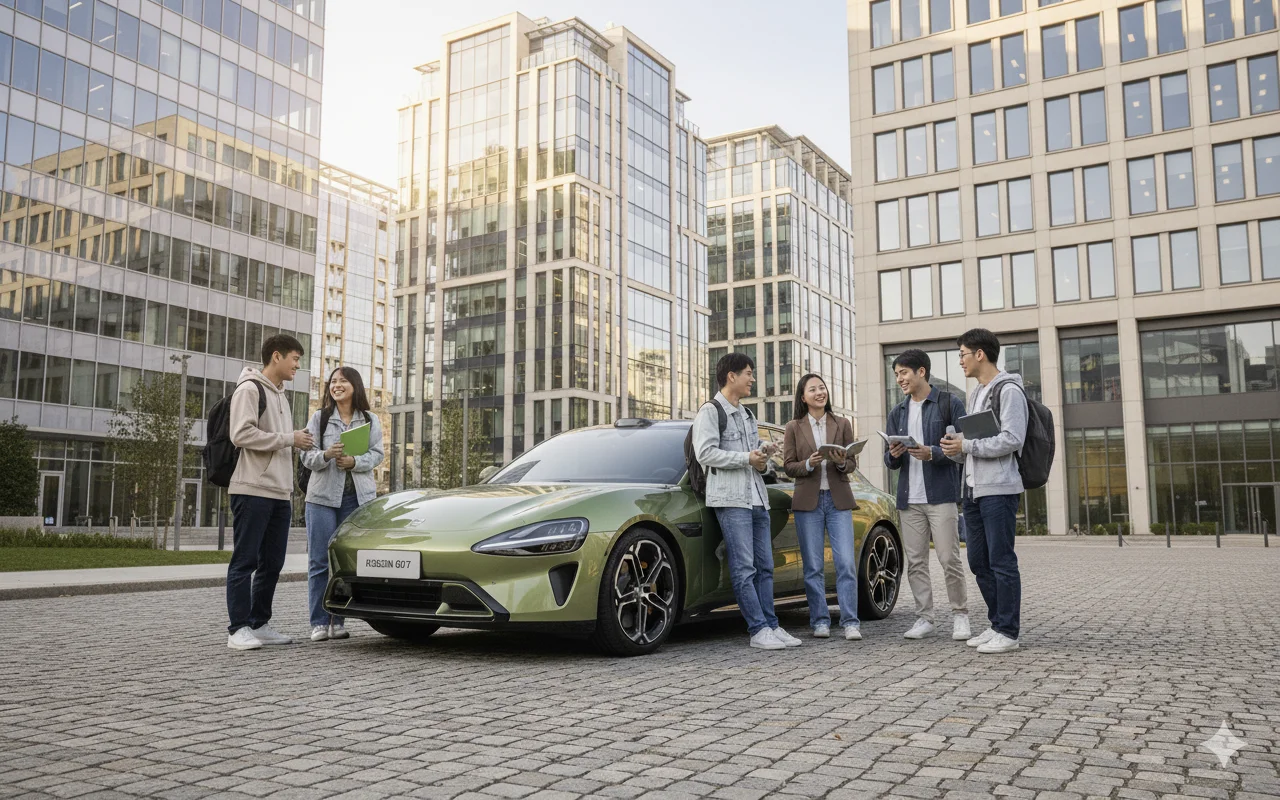
Design and User Experience: Where Style Meets Substance
Design is, without a doubt, a fundamental pillar in the appeal of Xiaomi cars. A substantial 68% of YU7 buyers specifically choose the model for its modern, aerodynamic aesthetic, which draws clear inspiration from premium sports cars like the Porsche Taycan. Xiaomi prioritizes a design approach that genuinely appeals to youthful tastes, featuring sleek lines and immersive displays like the HyperVision Panoramic Display – a breathtaking array of three 1.1-meter mini-LED screens.
When you look at the primary reasons for purchasing the YU7, according to surveys, they include: “I just love the car itself” (61%), “For daily leisure activities” (55%), “For short, autonomous trips” (54%), and “For the daily commute to work” (51%). These preferences clearly indicate that consumers are looking for versatility – a vehicle that’s not only suited for everyday use and entertainment but also offers deep integration within the HyperOS ecosystem for a seamless experience.
Distinguishing Between the SU7 and YU7 Models
While both models are clearly aimed at a young demographic, they cater to slightly different priorities. SU7 owners tend to place more value on intelligent cockpits, driving range, and dynamic handling, making it ideal for those who crave a bit of speed. In fact, the SU7 Ultra variant set a blistering Nürburgring lap record in June 2025, clocking in at 7:04.957 minutes, even outperforming rivals like the Porsche Taycan Turbo GT.
The YU7, on the other hand, sees its buyers prioritizing comfort, intelligent cockpits, and powerful configuration options, which makes it feel more family-friendly and versatile. These distinctions highlight varied expectations: the SU7 for pure performance and cutting-edge tech, and the YU7 for a well-balanced blend of comfort and everyday functionality. In 2025, the YU7 has also seen a notable 30% of its orders coming from women, a figure that shows an increase compared to the SU7, indicating its success in attracting a more diverse segment.
The Bright Future of Xiaomi in the Automotive Arena
Xiaomi’s rapid ascent in the automotive world is no accident. Their strategic focus on young consumers, groundbreaking design, advanced technology, and strong community loyalty are the cornerstones of their success. The company has clearly demonstrated an understanding of the new generation’s needs, seamlessly integrating their vehicles into a “Human x Car x Home” ecosystem that unifies all their smart devices.
With projections for 300,000 deliveries in 2025 and global expansions already on the horizon for 2027, Xiaomi is positioning itself as a formidable competitor. The integration of HyperOS 3.0, built on Android 16 and boasting advanced AI, promises to elevate the driving experience, offering features like photo synchronization between iPhones and Xiaomi cars, and proactive assistance functions. Xiaomi isn’t just manufacturing cars; they are redefining what smart mobility truly means.
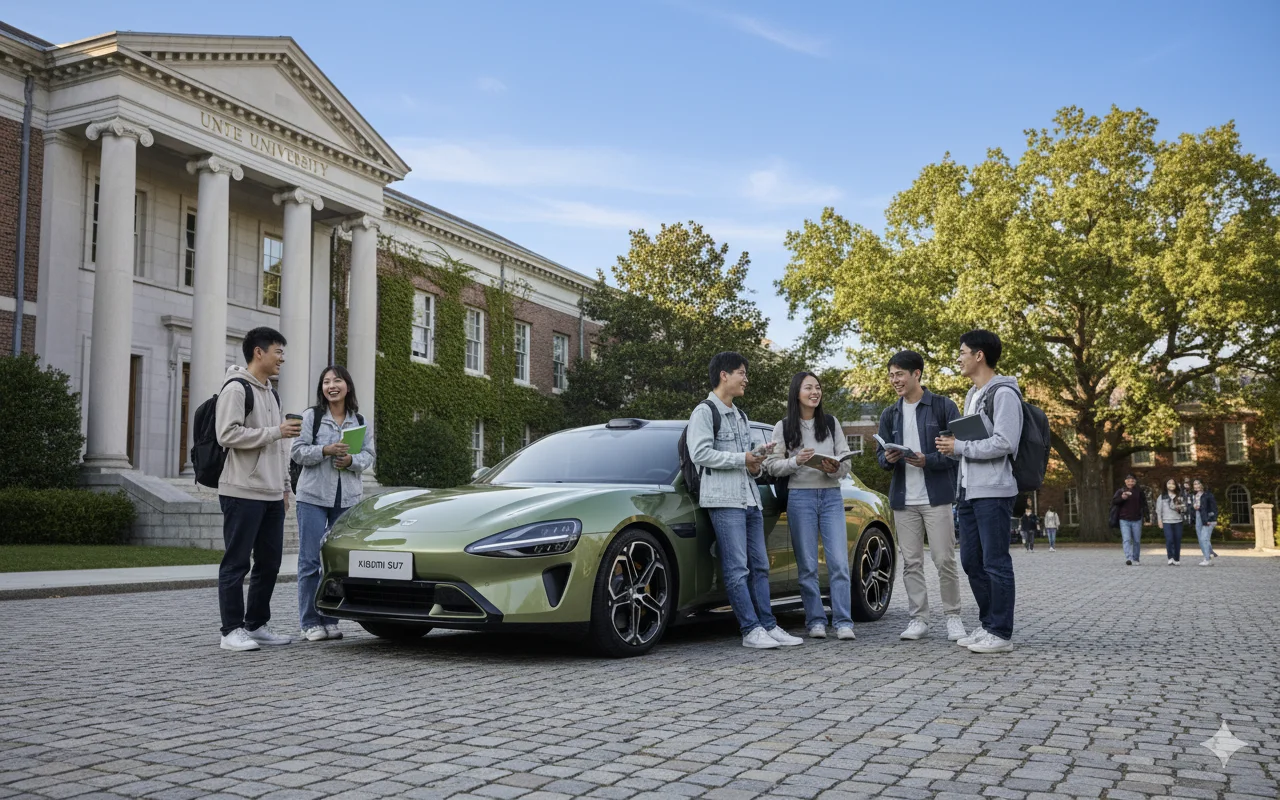
Why Are Xiaomi Cars So Darn Popular? A Detailed Breakdown
Xiaomi’s surge in popularity isn’t a mystery; it’s a direct result of several key elements working in harmony:
- Young Target Audience: They are masterfully tapping into a tech-savvy demographic that’s inherently open to new innovations and eager to embrace the future.
- Brand Loyalty: Existing Xiaomi fans see these cars as a natural, seamless extension of the ecosystem they already know and love.
- Modern Design: The aesthetic appeal is undeniable, blending accessible luxury with practical functionality in a way that simply works.
- Advanced Technology: HyperOS provides that crucial, seamless integration with wearables and smart home devices, creating a connected life on wheels.
- Value for Money: Competitive pricing, like the YU7 starting at 253,500 CNY, often surpasses rivals in terms of features and overall value.
These factors have collectively driven record-breaking sales, with the SU7 consistently outselling the Tesla Model 3 in monthly sales since December 2024.
Competitor Analysis: How Does Xiaomi Stack Up?
Xiaomi is diving headfirst into a fiercely competitive market, battling giants like Tesla, BYD, and Nio. While Tesla has historically led global innovation, in China, it’s seen some erosion, with only 14% preference among consumers in 2025, trailing behind BYD (the leader with a 29.7% market share in April) and Xiaomi itself. BYD absolutely dominates the mass market segment with its affordable pricing and high volume (selling over 2 million units in the first half of 2025). Nio, on the other hand, focuses on the premium segment with its swappable battery technology, although it’s grappling with its own financial challenges.
Xiaomi carves out its niche by offering:
- Brand Recognition: Their established fame in consumer electronics naturally attracts a significant portion of buyers. For example, 52% of YU7 buyers use iPhones, and Xiaomi offers impressive Apple integration.
- Innovation: They’re clearly investing heavily in R&D, pushing the boundaries with high-range batteries and the ever-evolving HyperOS.
- Attractive Pricing: The YU7, for instance, comes in at 4% less than Tesla’s Model Y, yet boasts superior specs like that 835 km range.
In 2025, Xiaomi delivered over 150,000 units in the first half alone, outpacing Nio in terms of momentum. While Tesla and BYD are locked in their own market share battles, Xiaomi is emerging as a genuine disruptor, with projections indicating a remarkable 34% CAGR in the EV segment through 2028.
The Crucial Role of Lei Jun and the Xiaomi Community
Lei Jun, the visionary founder of Xiaomi, is an undeniable pivotal figure. His charismatic persona inspires a significant 80% of SU7 buyers, and his overarching vision of a “unified ecosystem” powerfully fosters unwavering loyalty. The Xiaomi community, vibrantly active on platforms like Weibo, amplifies word-of-mouth marketing and provides invaluable, real-time feedback that allows for rapid product iterations and improvements.
This deep community interaction has been instrumental in driving continuous enhancements, such as over-the-air (OTA) updates within HyperOS that optimize performance on the fly, thereby strengthening the brand’s image and reputation.
The Impact of HyperOS on the Driving Experience
HyperOS, Xiaomi’s proprietary operating system, is a game-changer, transforming the act of driving by seamlessly integrating cars with smartphones and smart homes. In 2025, HyperOS 3.0 (which saw its global launch in September) introduces proactive AI features, including real-time translation and intuitive gesture control, while also managing to reduce energy consumption by up to 30% in short video playback. In vehicles, it enables effortless device mirroring, allows drivers to access home cameras directly from the dashboard, and offers robust support for wireless CarPlay.
This deep-level integration significantly elevates usability, effectively turning Xiaomi vehicles into “smart devices on wheels” – a truly key differentiator in a crowded market.
Xiaomi and the Unstoppable Trend of Electric Mobility
The global transition towards electromobility is an unstoppable force, with EVs increasingly proving to be more eco-friendly, economical, and comfortable. In China, new energy vehicles (NEVs) accounted for a substantial 55% of passenger car sales in June 2025. Xiaomi is brilliantly capitalizing on this trend with significant investments in EVs, offering innovative products like the SU7 Ultra, which has already achieved a mind-boggling 359 km/h in testing. With a clear focus on sustainability and cutting-edge connectivity, Xiaomi is exceptionally well-positioned to lead this evolution.
So, What Does All This Mean for Xiaomi’s Automotive Future?
The company’s laser focus on young demographics, innovative design, advanced technology, and building strong community ties are the fundamental ingredients setting them up for exponential growth. With the potential for significant global expansion on the horizon, Xiaomi is poised to invest heavily in next-generation innovations like solid-state batteries. Watching their trajectory unfold will be absolutely fascinating, especially in a market where agility and rapid adaptation, traits Xiaomi possesses in spades, often favor success over sheer size.
The Verdict: Xiaomi is Forging the Future of Mobility, Especially for the Young
The data speaks volumes: Xiaomi is winning over young consumers with an irresistible blend of avant-garde design, cutting-edge technology, a powerful sense of community, and a genuine understanding of real-world needs. In the rapidly expanding electric mobility market, Xiaomi has not just found a foothold; it has carved out a formidable position, promising to shake up global dynamics. The future looks incredibly bright, and Xiaomi is undeniably ready to steer us into the next era of smart mobility.
